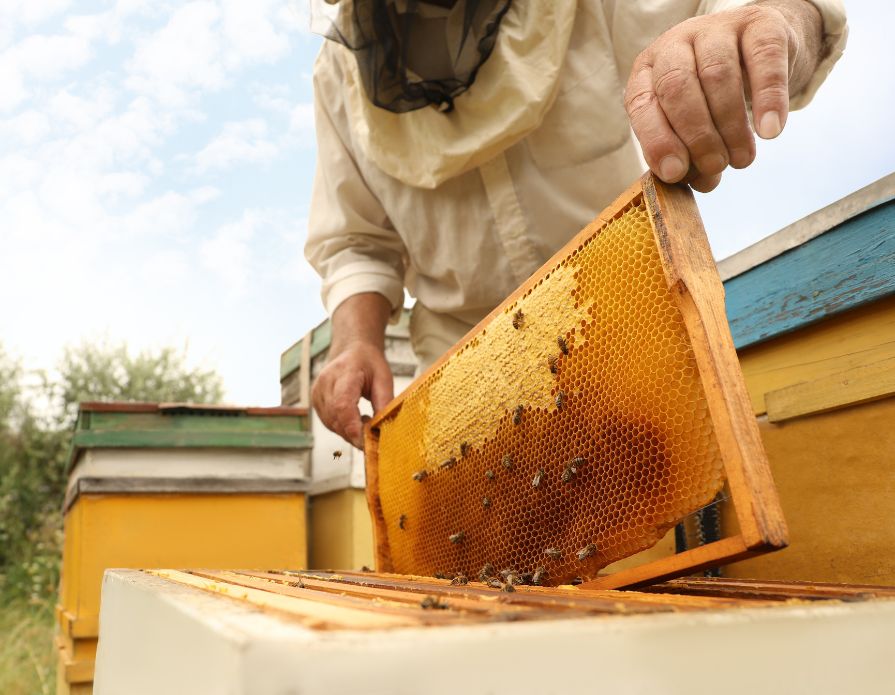Building the Sustainable Homestead: Mistakes You Must Avoid
Have you ever tasted the difference between store-bought and farm-fresh eggs? Fresh eggs don’t just taste better; they’re also better for the environment because they don’t require commercial transportation to get to your plate.
That’s why raising your own food is an eco-friendly alternative to relying completely on grocery stores. If you’ve decided to take the leap and build a sustainable homestead, just keep in mind that mistakes are inevitable. Here are the ones you should avoid.
Forgetting To Research Local Zoning Laws
The most important step to take before you build a homestead is to research the zoning laws in your area. Ignoring local laws can result in fines and other legal actions, so doing your research is important. For example, many cities, counties, and homeowners’ associations (HOAs) regulate the number of chickens you can own—or they may ban them altogether.
Researching your state’s laws for selling food would also be wise. If you’d like to sell goods such as eggs or jam, your local zoning restrictions might not allow you to sell these items from your homestead. Furthermore, in some states, such as California, you can sell food items to restaurants, but only if an adult makes the items.
Building permits are another hurdle you’ll have to deal with. Before you build or demolish structures such as barns or sheds, you’ll likely need to get a permit from your municipality.
Starting Too Big, Too Soon
Deciding to start a homestead is exciting, but getting carried away with ambition is easy. Don’t bite off more than you can chew. Trying to build everything at once is a mistake that will strain your budget and sanity.
Start small by planting a garden with vegetables that are easy to grow, such as bell peppers, tomatoes, green beans, and asparagus. Choose vegetables that are also simple to pick and that you’ll enjoy eating frequently. Get in the habit of canning vegetables and study other ways to reduce food waste.
You can expand to more advanced undertakings such as chickens, beekeeping, and livestock later. Remember to add animals gradually, or else you could struggle to feed or care for them.
Not Planning the Layout of Your Homestead
Whether your goal is to create a self-sufficient homestead or to reduce your carbon footprint by growing your produce, you need to start with a plan. If you’d like to raise bees along with livestock, you must think carefully about where you place the apiary. Proper placement will prevent damage to the hives and bee attacks on your livestock. If you have an overall plan, you can save money and the headache of reconfiguring your homestead.
With a little research, you can start building the sustainable homestead of your dreams. In no time, you can grow your own food and reconnect with nature.
